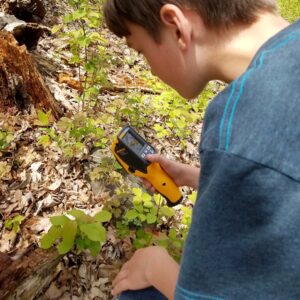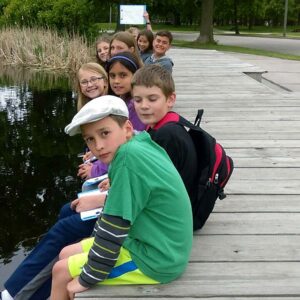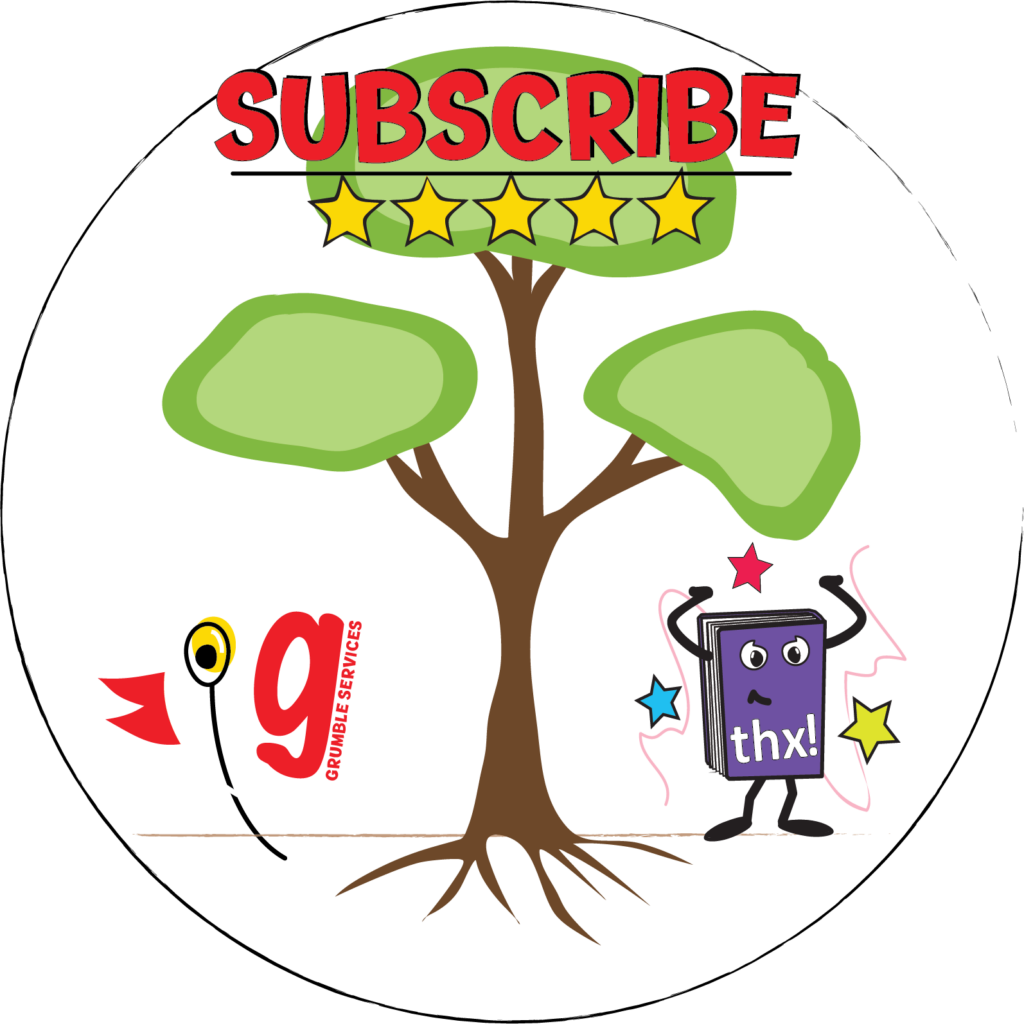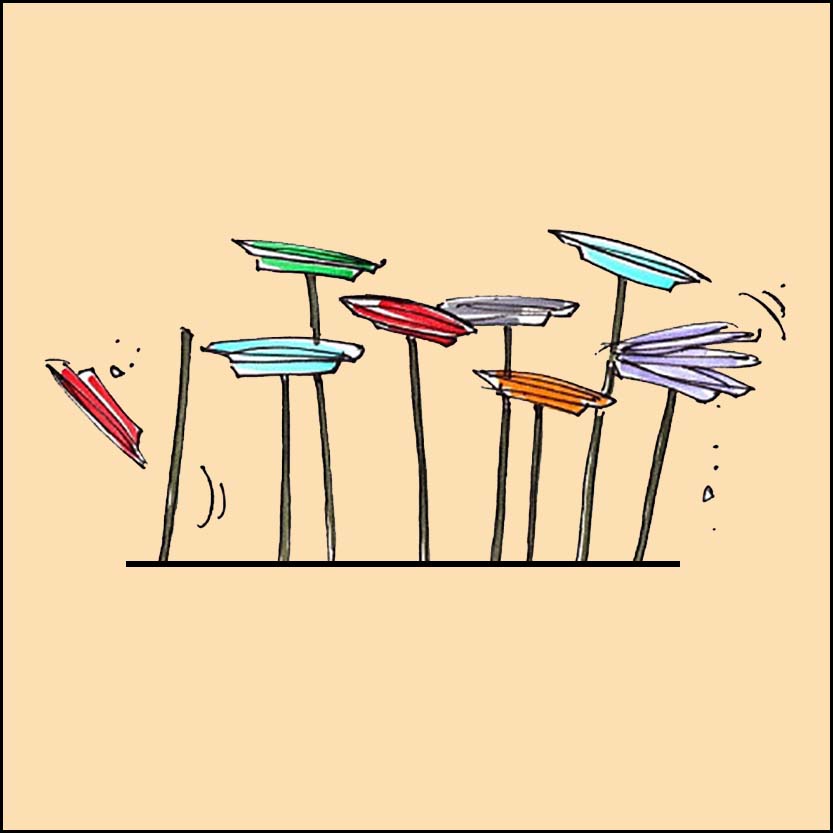What is Project-based Learning?
Project-based learning is a teaching method in which students learn by actively engaging in personally meaningful projects. These projects are designed to engross learners in solving a real-world problem or by answering a higher-level question.
Current research shows significant evidence of the effectiveness of project-based learning for all types of learners. This includes both young and old, all socio-economic levels and even those historically marginalized.
Project-based learning is becoming more widely used in schools and in other educational settings.

Being trained to look holistically at children, I find project-based learning to share some similarities to the Montessori method. Both approaches also require a paradigm shift in the way we see and understand student learning.
What Do We Remember
About Traditional School?
The Montessori method can seem quite confusing to an outsider who is looking in. The classroom approach goes against most things we remember from our traditional schooling. It can look chaotic and unproductive. The teacher might look unprepared and not as responsive to student needs as they should be.
We remember sitting in a classroom controlled by adults who tried to regulate our every decision of our every day. We recall our teacher standing at the front of the classroom. Children lined up in neat rows of desks, pencils poised.
Off to the side is a large desk equipped with a cup of red pens. The red ink would eventually find its way scribbled over every paper assignment turned in. And when an assignment is returned, we remember feeling judged and insecure about the adult feedback.
Even more, the teacher is tasked with trying to control every moment of every day. Students are at the mercy of the adult. They tell them what textbook for which subject to get out when. And, they tell them for how long.
They even inform students as to what exactly they are supposed to learn. If that learning intention is not absorbed in those fleeting moments (and at the exact same time as all of their peers), then that child is at risk for being left behind. At least, this is according to the mainstream educational standards we currently have in place today.
Unwrap your Head
Around the Way We See Learning
The more I teach, the more I believe that once you have your head wrapped around a certain type of pedagogy, it is quite difficult to unwrap it from that. It can be done for sure – I’ve had conversations with many teachers and parents who discovered the Montessori method later in life and have come to embrace it.
I unwrapped my head around traditional education during my Montessori training. Seeing the interconnectedness of all subject matter – as opposed to the separation of it – helped me to piece everything together. Montessori method means to educate ‘The Whole Child.’ I believe project-based learning attempts to do a better job at focusing on the whole child, too.
How is Project-based Learning Different
from Conventional Learning?
Project-based learning is a teaching method in which students gain knowledge and skills through investigation and response to an authentic, engaging question, problem, or challenge. Additionally, most students might work on a project over an extended period. This could range from a week up to a semester.
Depending on the age of the student, these problems or questions will range in complexity. Students exhibit their knowledge and skills by creating a public product or presentation for a live audience.
There are more connections to real life, too. For example, you might want to engage your students in a project focusing on Environmental Science. They might start by looking closely at their ecological footprints. This concept will connect them to the larger world. They will begin to ask themselves , “How do my behaviors affect the health of my community and of the larger world?”
As a Montessori guide, I would take this idea even further. How else could we cosmically connect the idea of an ecological footprint to other subject areas? Where does the word ecology come from, anyway? What is its etymology? Who were the scientists pioneering the work in this field? How long have people been studying ecosystems in earnest? Timelines are a great way to incorporate math into a subject. Perhaps you could encourage your students to organize a neighborhood or beach cleanup. They can learn how to advertise and promote their local events. They could even build a website around their project. The possibilities are endless!
As a result, students develop an intimacy with the content they are exploring. Additionally, they cultivate critical thinking, collaboration and communication skills. Project-based learning takes advantage of the creative energy among students and teachers.
How is Project-based Learning Different
from Working on a Follow-up Project?
There are key differences between a “follow-up project” and partaking in project-based learning project.
In project-based learning, the project is the vehicle driving the knowledge and skills being learned. The curriculum and instruction are centralized around the project itself. This is quite different from a short, follow-up project. These types of projects are usually assigned after the teacher covers content in a traditional way. The depth and level of engagement in the project may not be there.
The Pros and the Cons
To answer a higher-level question or to solve a complex problem, students need to do much more than just memorize information. It requires higher-level thinking skills and learning to collaborate is a necessity.
Proponents believe project-based learning fosters a sense of purpose in young learners. It pushes them to think critically. And, it prepares learners for careers emphasizing skills like collaboration, problem-solving and creative thinking.
Some critics feel this learning approach places too much responsibility on inexperienced learners. They also feel it discounts the evidence about the effectiveness of direct instruction by teachers.
But current studies show project-based learning outperforms traditional curricula. This is true not only for high achieving students, but across grade levels and socioeconomic and racial groups. Students from low-income households saw similar gains compared to peers from wealthier families.

This makes a solid case that when well-structured, project-based learning can be a more equitable approach than teacher-centered ones. Even more, when teachers taught the same curriculum for a second year, project-based learners outperformed traditional learners by an even greater margin.
Don’t forget, direct instruction can still be a part of child-centered learning, too.
These findings are consistent across both elementary and secondary school. These study results challenge ideas about how to best teach students from different backgrounds.
Change is Inevitable,
Growth is Optional
The United States has seen a marked decrease in educational achievement. According to a 2018 article in the Business Insider, The U.S. was once a leader for healthcare and education. In 1990, it ranked sixth in the world for both. Now, it ranks 27th.
According to a 2017 Pew Research Center study, the U.S. is in 38th place out of 71 countries when it comes to math scores and 24th place when it comes to science.
Perhaps the biggest surprise is just how far and fast the U.S. has fallen in the rankings. This is partly due to reduced and poorly allocated funds for elementary and high schools.
When it comes to education, we need to start thinking differently. Like the Montessori method, it may feel counterintuitive that a student-centered approach is an effective system of learning during an era of high-stakes testing. However, the results suggest otherwise. Perhaps this is due to a deeper connection to the content being learned.
I didn’t always consider myself to be an effective writer. In fact, to the contrary. Like most of us, I too continue to carry writing scars inflicted at earlier ages. Over the years, I have found ways to help heal myself as best I can. In time and with proper guidance, I have encouraged myself to look at writing as a highly cathartic act. I also try to engage in it daily. With soft encouragement, low risk creative writing can become a part of your student’s every day, too.
.
Do you have thoughts on Project-based Learning? Do you have a suggestion for another blog topic? Please send me an email with your ideas or experiences at grumble.services@gmail.com.
If you find this article helpful, please share it. Or better yet, please join us if you have yet to do so. Subscribe below and receive articles like this one in your email box weekly. Thank you!
Read More: Why I Wish I Was Born A Child Educated
With Montessori Principles
All Rights Reserved • © 2021 Grumble Services LLC • grumbleservices.com

References and Read More:
New Research Makes a Powerful Case for PBL
By Youki Terada, February 2021
The US was once a leader for healthcare and education — now it ranks 27th in the world
By Aria Bendix, September 2018



